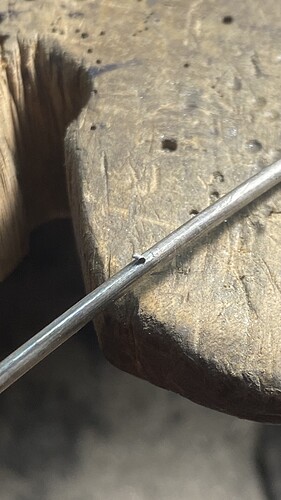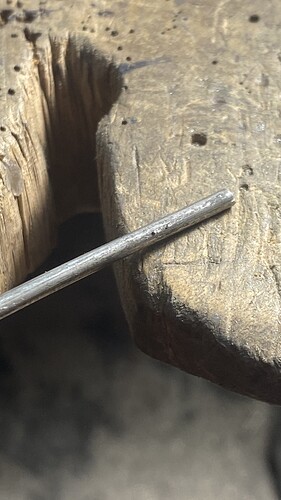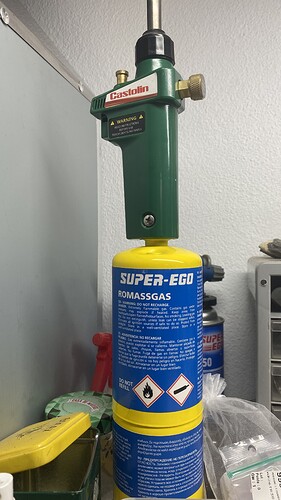Hello everyone!
Once again, I’ve been surprised by metal.
I’m used to doing ingots, I’ve been doing them since I’ve learned jewellery making, and I’ve never had this happen before, at least not as severe!
I casted an ingot of sterling silver, that was checked by the assay office and they evaluated it as 931,8 purity, so higher than 925 silver. This was because I joined all my scraps, and as I had a couple with bits of solder, I joined a bit of clean pure silver to it, and I wanted to be sure of the purity of the metal I would be working with.
Anyways, I poured an I got to make wire, everything seemed fine after the pour.
When I started rolling it in the mill to pull it down for the drawplate some flakes started appearing, I clean them, file them and sand them before rolling more. I started to anneal more often, but they kept on coming…
I thought, as these are only at the ends of the wire, I’ll continue and go with it, maybe I’ll be able to salvage the middle section of the wire.
To melt the ingot I use a torch with Romassgas, could this be the issue?
I only have either Butane torch - ORCA or this one I bought at Leroy Merlin.
The Butane doesn’t have the strength to melt these ingots, I’ve tried.
Does anyone has any idea why this happens?
Thank you in advance for your help!!


